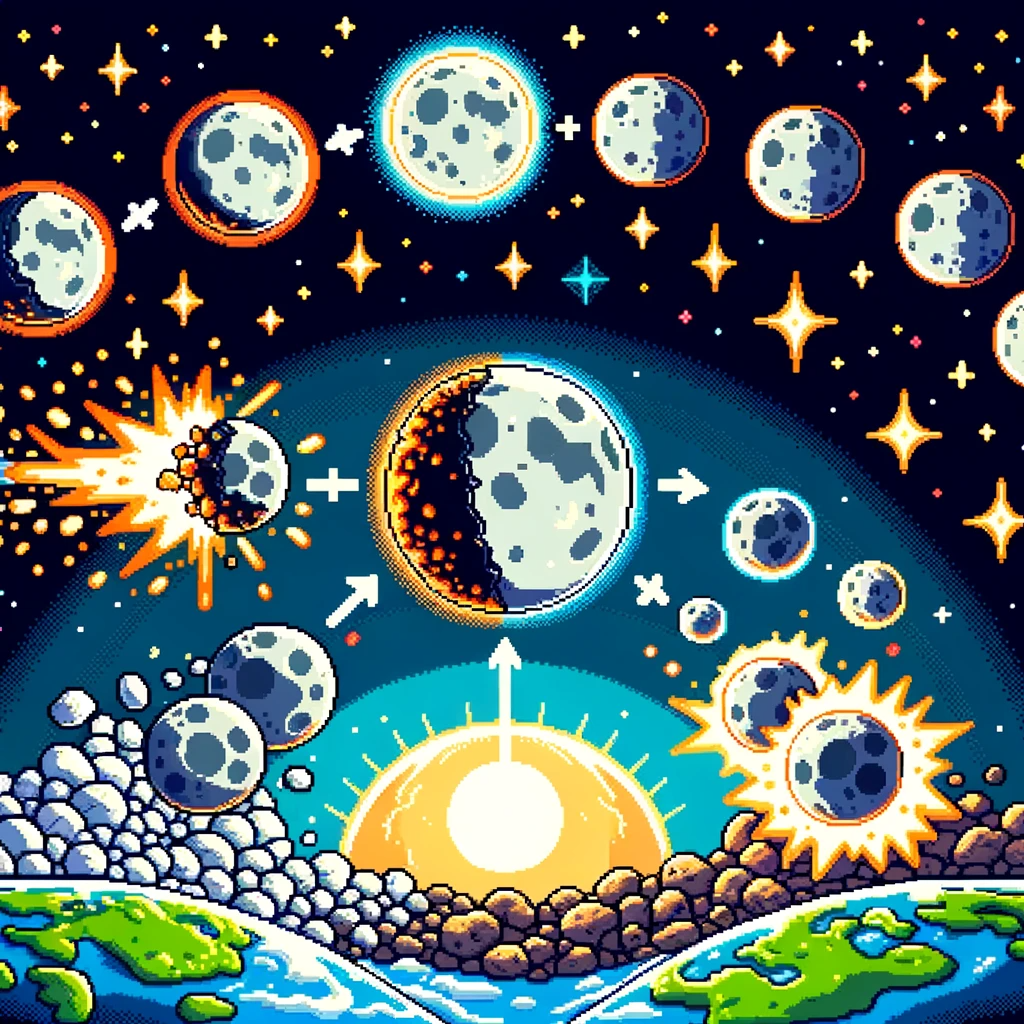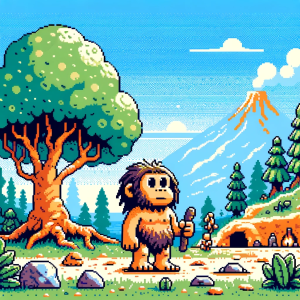
How old is the moon?
The Moon. For several years, she has facilitated many.
For over 50 years, scientists have studied lunar samples, gradually unraveling the secrets of its formation and evolution. However, pinpointing the exact age of the Moon has remained a complex puzzle. Recent insights, as detailed in The Evolving Chronology of Moon Formation bring us closer to understanding this celestial body’s ancient past.
The Enigmatic Age of the Moon
The age of the Moon, believed to be over 4.36 billion years, has been a topic of ongoing debate. Radiometric dating techniques suggest a range of ages, crucial for understanding the chronology of lunar formation. Notably, the crystallization of the lunar magma ocean (LMO) is a pivotal event in the Moon’s history. It likely occurred within tens of millions of years after the Moon’s formation, offering a critical timeline for our understanding.
The Giant Impact Hypothesis: A Late Arrival in Solar System History
One of the most compelling theories about the Moon’s origin involves a colossal impact between Earth and a Mars-sized body named Theia. This event likely happened later in the solar system’s history. The repeated occurrence of ages around 4.35 billion years in various lunar rocks implies this late formation, challenging earlier beliefs about the Moon’s origins.
Radiometric Dating: A Window into the Moon’s Past
Radiometric dating methods provide a window into the Moon’s history but also reveal the complexity of interpreting these ages. The presence of mafic mantle cumulates, felsic crustal cumulates, and urKREEP (a mix of potassium, rare earth elements, and phosphorus) in lunar rocks provides critical data. Ages determined for these materials help us understand the lunar differentiation timeline and the LMO’s crystallization.
Reconstructing the Moon’s Timeline
The process of the Moon’s formation was not instantaneous but occurred over millions of years. The data from lunar samples indicate intense geological activity around 4.36 billion years ago, during which the LMO crystallized—this period also witnessed the formation of secondary crustal rocks, such as those from the Mg-suite and alkali-suite, suggesting a burst of magmatic activity closely linked to the Moon’s early history.
The Continued Enigma of Lunar Evolution
Despite advancements in dating techniques and lunar sample analysis, many questions about the Moon’s evolution remain. For instance, the role of large impacts in resetting or altering the ages of lunar rocks is an area of ongoing research. The Moon’s history is a tale of its formation and a complex narrative of continuous geological processes that have shaped its surface over billions of years.
Conclusion: Looking Towards the Future
Understanding the Moon’s chronology is more than an academic pursuit; it offers insights into the broader processes of planetary formation and evolution. As we continue to explore our solar system, the Moon remains a key to unlocking the mysteries of our cosmic neighborhood.
Unlock the Secrets of Science
Get ready to unlock the secrets of science with ‘This Week in Science’! Our newsletter, designed specifically for educators and science aficionados, delivers a weekly digest of revolutionary research, innovative discoveries, and motivational tales from the scientific frontier. Subscribing is your key to a treasure trove of insights that can revolutionize your approach to teaching and learning science. Sign up today at no cost and start a journey that deepens your understanding and passion for science.



